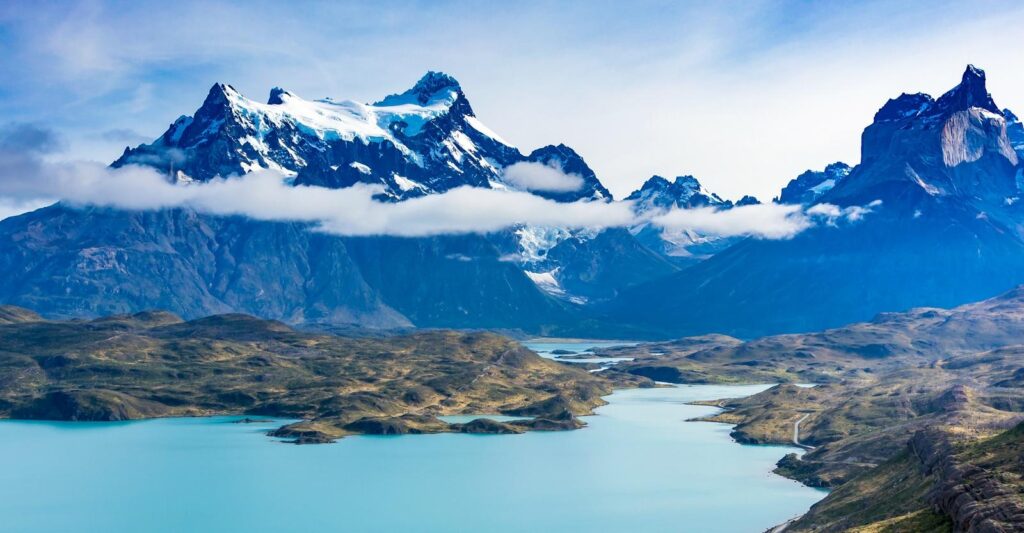Overview
The southernmost Andes rise in spires to the sky, their sheer granite heights drawing the eye and spirit upward. Sunrise bathes the peaks in rosy alpenglow. Glaciers wind down in frozen rivers from the ice-crowned massifs, choking turquoise lakes with floating blue bergs. Patagonia has no peer on Earth when it comes to dramatic mountain landscapes. On our cross-border expedition into Chile and Argentina, look for condors, guanacos and elusive pumas on guided hikes. Puma sightings are on the increase, and we hope to get a glimpse of this stealthy hunter in Torres del Paine National Park. Learn about conservation strides on visits to working estancias where protecting wildlife and raising livestock are mutually compatible goals. Explore and photograph diverse facets of this legendary adventure realm on our all-encompassing odyssey to the bottom of South America.
Trip Highlights
- Search for Wildlife in Torres del Paine National Park From our base at luxurious Patagonia Camp, look for guanacos, huemul, condors and pumas against the famed backdrop of Torres del Paine's granite spires
- Cruise by Private Boat to Perito Moreno Glacier On a private cruise to the massive face of Perito Moreno Glacier, towering 240 feet high, watch icebergs calve into the turquoise waters of Lago Argentino
- Stay on Private Estancias Committed to Conservation Get an exclusive look at how modern-day Patagonia ranchers sustain their livelihoods while protecting habitats and wildlife—including rebounding pumas
Itinerary
Please fill out the form below to request a quote for rates.
Included
- Accommodations, services of Nat Hab's professional Expedition Leader(s) and local staff, all meals from dinner on Day 1 through breakfast on final day, regional wines with dinner, some gratuities, airport transfers on Day 1 and final day, all activities and entrance fees, all taxes, permits and service fees.
Not Included
- Travel to and from the start and end point of your trip, some alcoholic beverages, some gratuities, passport and visa fees (if any), optional activities, items of a personal nature (phone calls, laundry and internet, etc.), airline baggage fees, airport and departure taxes (if any), required medical evacuation insurance, optional travel protection insurance.
Map















